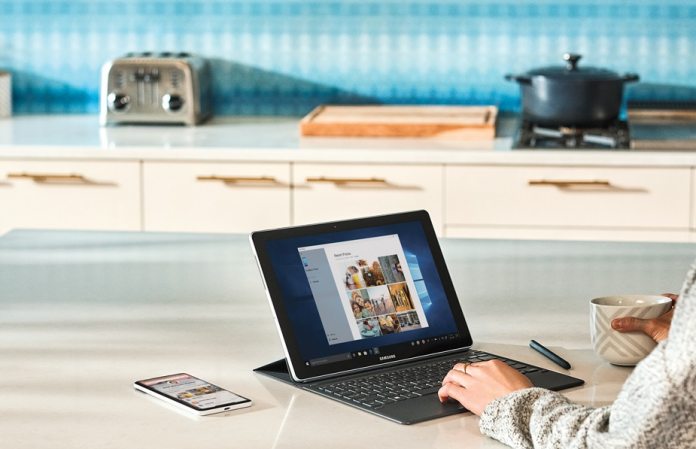1 Defer2 Windows 10 Home
Any organization (and even individual home users) should put a delay on updating to a new Windows 10 build that is fresh out of the box. Initial updates are usually not particularly stable and over the last year Microsoft has proved why you should hold off on updating. 2018 was a year to forget in terms of Windows updates. Last April, Windows 10 1803 was delayed for over 20 days due to finalization problems. So much so, the April 2018 Update almost launched in May. Worse was to come as Windows 10 1809 arrived in October as, well, the October 2018 Update. This release became one of the worst software rollouts in recent memory. Version 1809 was quickly put on ice as the manual update was deleting personal user files. Before being paused, the update was reaching millions of users. After being pulled, users were affected by a ZIP extraction fault, a file association problem, and an activation downgrade flaw. Version 1809 returned in November, but Microsoft has rolled it out cautiously since. In fact, some users may never get version 1809 and move straight to the upcoming Windows 10 version 1903.
Defer
All this shows that embracing a new update at launch is a folly, especially for enterprise users. Luckily Microsoft allows organizations to defer Windows 10 updates for a few months. Last April, Microsoft expanded its deferral options for Windows 10 users running business and education editions. The company has removed the need for users to change the Group Policy settings for deferring Windows 10 updates on a single machine. As we wrote last year, the following options are available to users: “The first option lets users choose the service channel. Windows 10 runs under a Semi-Annual Channel as default. This is Microsoft’s twice-annual system for updating the platform with new feature upgrade. It is possible to change this section to “ready for business deployment”. This usually happens around four months after the first release. Under the second option, users can specify a timeframe for when the official release to the selected channel. The upgrade can be deferred for up to 365 days after its first launch. Microsoft will notify you when the time period passes. The final Settings option is a standalone ability that gives users the ability to defer the cumulative update that Microsoft rolls out every month. These releases are better known as Patch Tuesday and can be delayed for up to 7 days.”
Windows 10 Home
So, what about Windows 10 Home users who may now be thinking they are going to get a buggy Windows 10 version 1903. Well, just recently a study showed Home users remain confused about update strategy: Researchers say the current model is too complicated for 97 percent of their subjects. Only 28 percent knew about Active Hours, while the Windows 10 Home update window of between 8am and 5pm is not necessarily ideal for home users. Indeed, only three people reported using their device within those hours. Microsoft seems to be recognizing this knowledge gap. Through the previewing of Windows 10 version 1903, the company has been testing an update delay feature. While not as extensive as the deferral options for enterprise and education users, it is an important step. In Windows 10 19H1, Microsoft is previewing a new feature called “Pause Updates for 7 days” through Settings>Update & Security>Windows Update. This is specifically for pausing full Windows updates. Microsoft says Windows Defender releases will continue to be sent out. It is unclear if this feature will be available for Windows 10 version 1903, but it should make delaying updates a little easier when it does launch.




